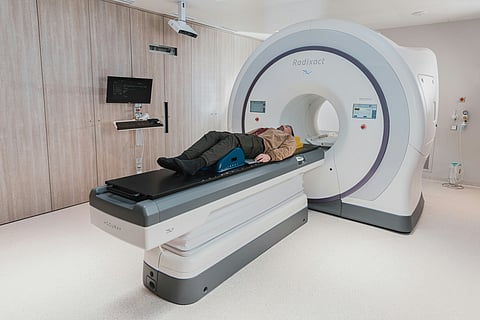CT scans expose patients to more ionizing radiation than regular X-rays. For example, a single chest CT scan can expose patients to a dose of radiation equivalent to approximately 100 chest X-rays. Multiple exposures to such a dose can harm DNA in cells, which may result in mutations and cancer development in the long term.
An estimate by a study in JAMA Internal Medicine predicts that the CT scans of 2023 might result in as many as 103,000 future cancer diagnoses in the United States, making up about 5% of all new cancers in the country. Lung and colon cancers are the most widely estimated radiation-induced cancers, and lung cancer itself is expected to account for about 22,400 cases.


